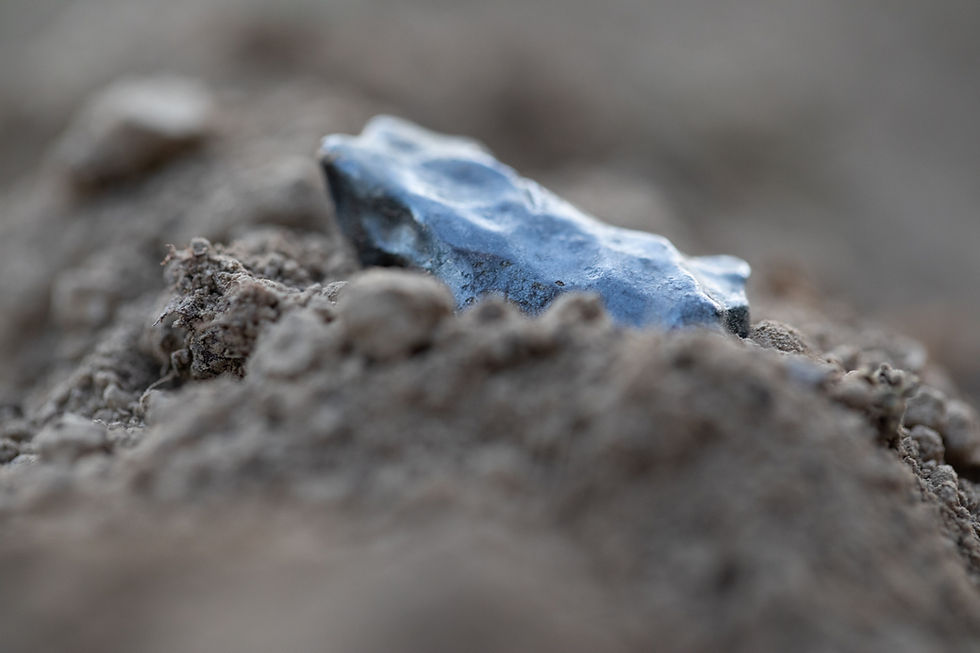Hashamili - Metal Work & Smith God
- Sylvia Rose

- Jan 17, 2024
- 3 min read
Hashamili (Ḫašamili, Ḫašameli) is the Hittite god of metal workers and metallurgists, metal working, smiths and smithing. He's also a household protector deity.
READ: Cult of the Fire God - Bronze Age Adventure
Originally a god of the ancient Hatti people, Hashamili enjoys worship in Bronze Age Anatolia, in the region of today's Turkey. He's adopted by resident Hittite, Palaic and Luwian cosmology.
See also:
As a trade, blacksmith appears c. 1500 BCE in the ancient world. The farrier, a smith specializing in horseshoes and tack, shows up about 400 BCE, with the advent of horseshoes.
READ: Cult of the Fire God - Bronze Age Adventure
Long before the blacksmith and farrier, the metallurgist is working and smelting raw and molten metals. Metallurgy is a precursor to alchemy, which in turn evolves into chemistry. Some might call it magic.
See also:
Early in human history metal working is limited to found metals which could be hammered into shape. Among the Seven Ancient Metals, the soft silvery metal tin is discovered as placer deposits of cassiterite. It's extracted by heating the stone.
Iron is limited, found sometimes as meteorites. The easy availability and low melting point of copper make it ideal for experimentation and early mass production from molds.
See also:
The technology to extract iron from ore comes c. 1200 BCE, earlier in some cultures. The Anatolians are making quality steel by c. 1800 BCE. In other locales, stone such as flint and diorite, obsidian or bone utensils are still preferred.
READ: Cult of the Fire God - Bronze Age Adventure
Hashamili's main cult center is Hattusa, Anatolia (Turkey), the capital of the Hittite Empire. He's connected to Zilipuri, another domestic protector god.
See also:
Zilipuri is specifically a god of the hearth, linking him to the warm, nurturing and positive nature of elemental fire. In this way he's similar to Ishum, the Divine Night Watchman of Mesopotamia.
Together with Zilipuri, Hashamili belongs to a group of chthonic entities associated with Lelwani, Hittite Underworld Goddess. The Underworld is populated by demons and some vegetation or fertility deities.
See also:
The smith god is said to embody creator energy due to the connection with elemental earth and fire, shaping and smelting the metals. The tools or symbols of Hashamili are iron, nails and bronze hammers.
In one tale as divine smith, Hashamili hides the Hittite army from enemies. In a temple ritural he's known as the "strong smith". Although a connection exists between Hashamili and war, and he assumes a protective role, he's not a warlike deity.
See also:
From Old Assyrian texts at the karum or trading town of Kanesh, Anatolia, the name Ḫazamil is considered an early variant of Ḫašamili. In later Hittite sources he's placed with other "gods of Kanesh".
These include grain goddess Ḫalki and warrior horse god Pirwa. Maliya, goddess of artisans, gardens, carpentry and leather working, is also part of the group.
See also:
In a treaty between the Hittite and Hurrian forces, Hashamili acts as a divine witness. Ḫašamili appears in the myth of Ḫaḫḫima. He and the fate goddesses (Gulšeš) are the only ones who escape the fearsome Frost Demon Hahhima, a personification of frost or numbness.
See also:









